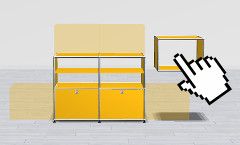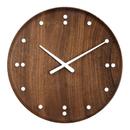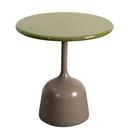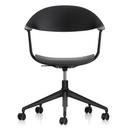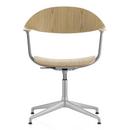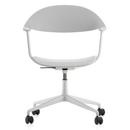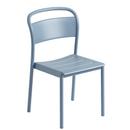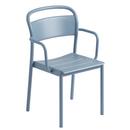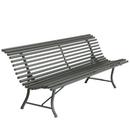Products
Rooms
Manufacturers & Designers
Highlights
Offers
Info
Store
Storage
- Shelves & Cabinets
- Bookshelves
- Wall Mounted Shelving
- Sideboards & Commodes
- Multimedia Units
- Side & Roll Container
- Bar Trolley
- Wardrobes
- Occasional Storage
- Components
- ... all Storage
Service
New at smow
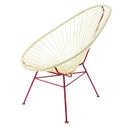
Acapulco Design
Acapulco Chair Classic, Eggshell / garnet red
CHF 514.00
2 x in stock, delivery time 5-7 working days (country of delivery Switzerland)

Acapulco Design
Acapulco Side Table Outdoor, Mex blue / garnet red
CHF 322.00
1 x in stock, delivery time 2-3 working days (country of delivery Switzerland)

Seeking more inspiration? We have some wonderful interior design examples we'd be delighted to share with you, and which are presented as a picture gallery by Flowbox. This provider may set cookies. Flowbox's data protection and privacy policies apply.

